Collotype was based on a French discovery in 1855, and was in full commercial use by the 1870s. Before half-tone screening, it was the only photomechanical process capable of reproducing tone. It was a delicate process and an important element in fine art printing. Collotype was a photographic process whereby a film of gelatin mixed with potassium chromate provided the printing surface. Gelatin was poured over a sheet of glass that was contacted with a reverse negative and exposed to light. The gelatin dried and hardened in ratio to the strength of light, and the unexposed areas remained soft and absorbed moisture. The surface was printed as a lithograph. The gelatin accepted the ink in an inverse proportion to the amount of moisture the surface retained: the driest areas accepting the most and printing the darkest. It was skilled and expensive work. Variations in humidity could unbalance the moisture in the gelatin making it swell or shrink. The surface was too delicate to produce more than two thousand impressions. The delicacy of collotype came from the fact that the reticulation of the gelatin was random and fine with none of the mechanical looks of a process screen and the ink structure looked more like an aquatint. This made it the perfect medium for the reproduction of drawings, watercolours and prints.

